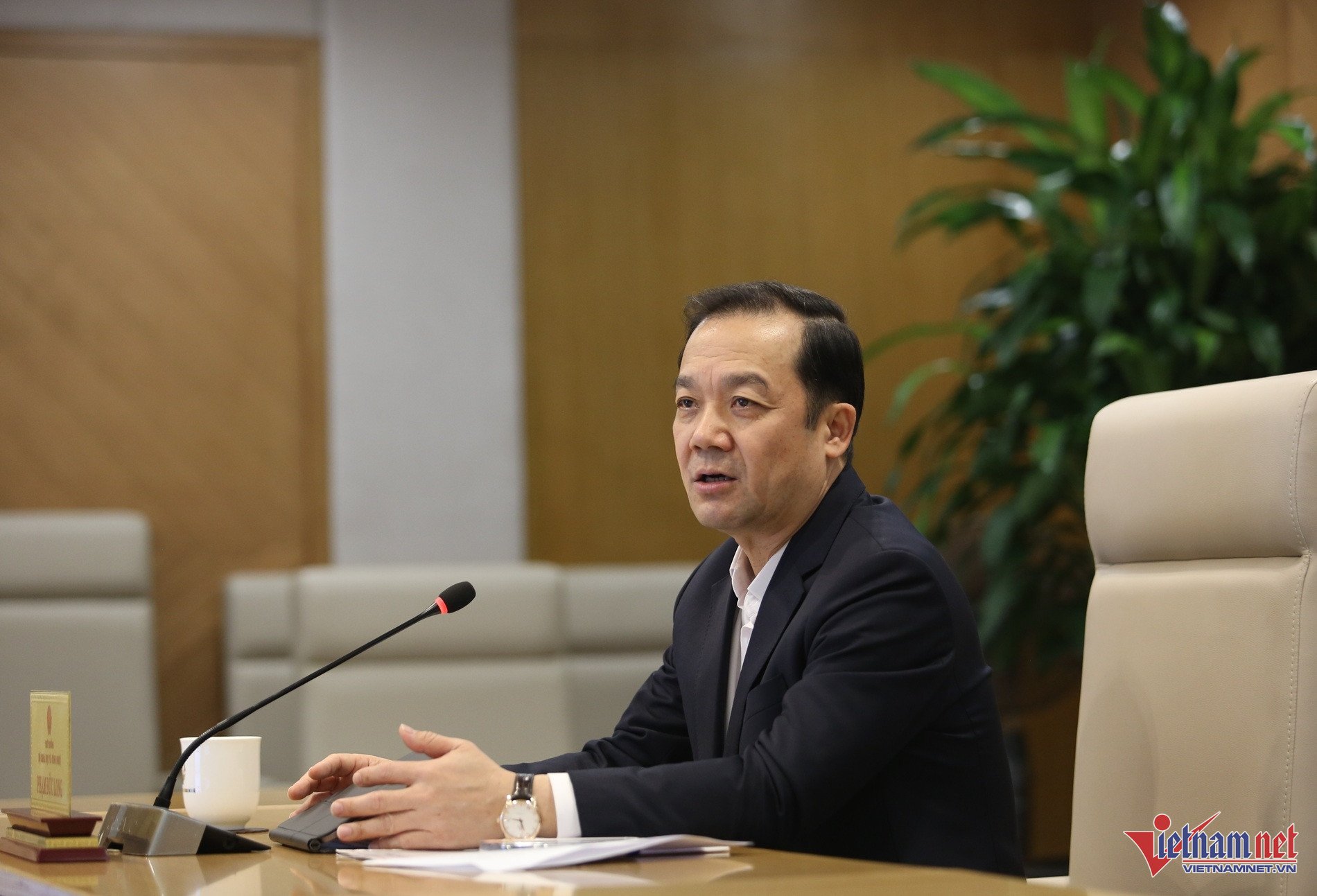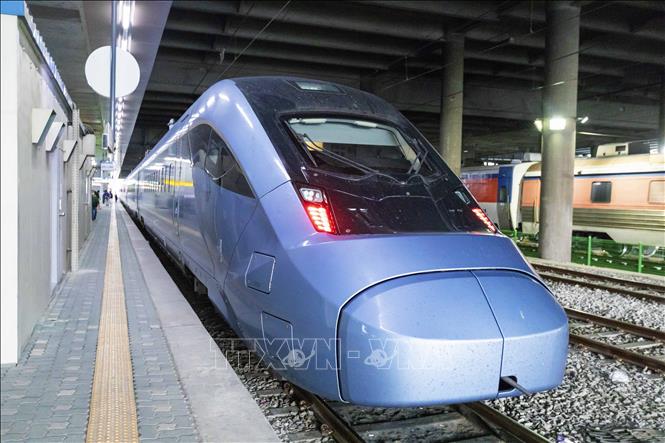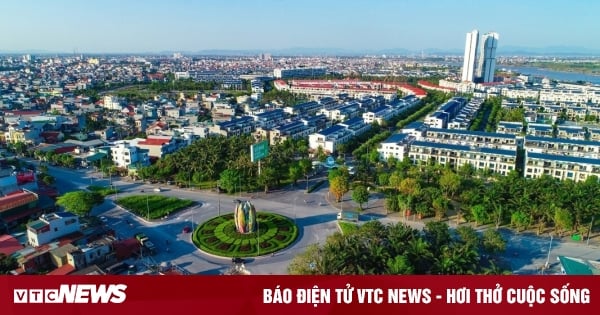China has moved ahead of the rest of the world by launching its next-generation internet service two years ahead of schedule, with speeds 10 times faster than current mainstream networks, the South China Morning Post (SCMP) reported.
Previously, experts predicted that ultra-high-speed networks of 1 terabit/second would not appear before 2025.
As the main backbone network connecting major cities in China, it can transmit data at a speed of 1.2 terabits per second between Beijing in the north, Wuhan in the center and Guangzhou in the south.
This fiber optic cable line stretching over 3,000km was activated in July and officially launched on November 13, after passing all operational tests.

(Illustration: Shutterstock)
The achievement is the result of cooperation between Tsinghua University and telecommunications technology corporations China Mobile, Huawei Technologies and Cernet Corporation.
Most core networks around the world operate at just 100 gigabits per second. Even the US has only just completed the transition to fifth-generation Internet2, which operates at 400 gigabits per second.
The Beijing-Wuhan-Guangzhou data transmission link is part of China's Future Internet Technology Infrastructure (FITI) development plan. The project's implementation period is 10 years.
FITI project leader Wu Jianping said the super-fast Internet network not only operated successfully, but also provided China with an advanced technological foundation to build an even faster Internet.
Huawei Technologies Vice President Wang Lei introduced a new generation network capable of transmitting data equivalent to 150 high-definition movies in just one second.
Meanwhile, Xu Mingwei at Tsinghua University compared the new Internet line to a high-speed railway, which has the capacity to replace 10 conventional railways carrying the same amount of data. This would make the transmission system more cost-effective and easier to manage.
The core network is critical to national education and research programs, as well as rapidly growing data transmission needs from applications such as electric vehicles and mining using industrial 5G technology.
(Source: Tin Tuc Newspaper)
Source


































![[Photo] "Beauties" participate in the parade rehearsal at Bien Hoa airport](https://vstatic.vietnam.vn/vietnam/resource/IMAGE/2025/4/11/155502af3384431e918de0e2e585d13a)





























































Comment (0)